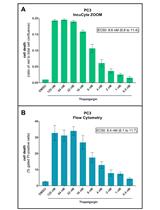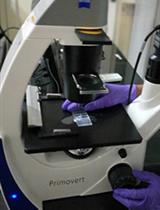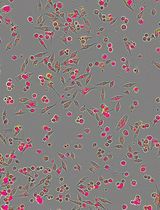Improve Research Reproducibility A Bio-protocol resource
- Protocols
- Articles and Issues
- About
- Become a Reviewer
Cell Survival Rate Assay
Published: Vol 2, Iss 12, Jun 20, 2012 DOI: 10.21769/BioProtoc.216 Views: 16527
How to cite
Favorite
Cited by











